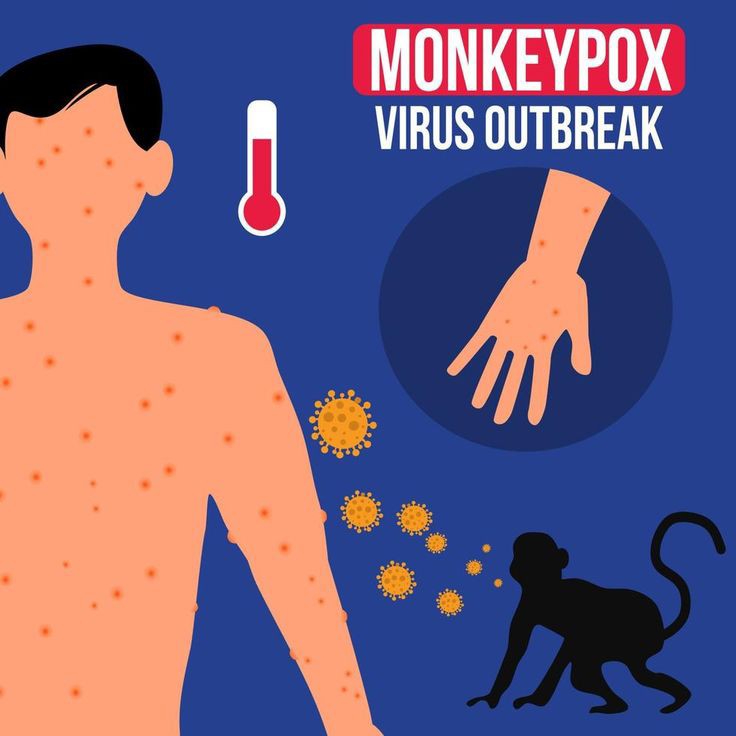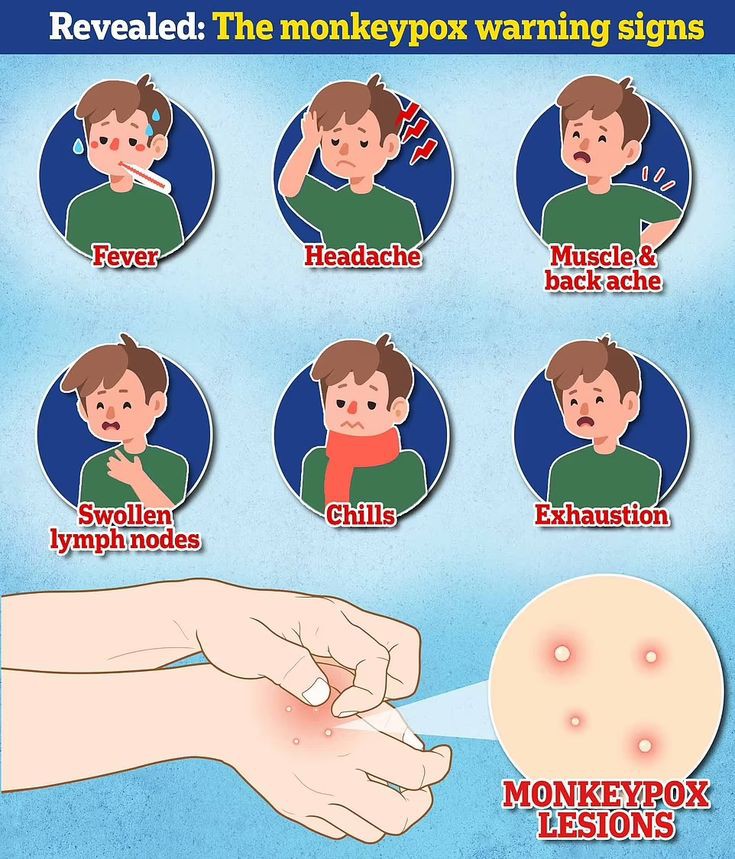In recent times, public health has been significantly challenged by the emergence of new contagious conditions. The COVID- 19 epidemic has altered lives across the globe, and just as the world begins to recover, another implicit trouble has surfaced monkeypox. Firstly aboriginal to corridor of Central and West Africa, mpox has lately made captions due to outbreaks in countries where the contagion isn’t generally set up, including the United States. The question on numerous minds is whether this new mpox trouble could beget significant detriment in the U.S. To answer this, we must consider the contagion’s nature, transmission styles, the effectiveness of public health measures, and societal factors.
Table of Contents
Understanding Monkeypox
Monkeypox is a zoonotic viral complaint caused by the monkeypox contagion, a member of the Orthopoxvirus genus, which also includes smallpox. It was first discovered in 1958 in laboratory monkeys, hence the name, though the contagion is primarily transmitted to humans from creatures, particularly rodents. The first mortal case was recorded in 1970 in the Democratic Republic of Congo( DRC), and since also, sporadic outbreaks have passed in several African countries.
The symptoms of monkeypox in humans are analogous to, but milder than, those of smallpox. They include fever, headache, muscle pangs, backache, blown lymph bumps, chills, and prostration, followed by a rash that progresses through several stages before scabbing over and falling out. The complaint generally lasts 2 to 4 weeks, and while it can be severe, especially in children, the senior, and those with weakened vulnerable systems, it’s generally less deadly than smallpox, with a casualty rate ranging from 1 to 10 depending on the strain

Transmission and Spread
Monkeypox is primarily spread through direct contact with the blood, fleshly fluids, or cutaneous or mucosal lesions of infected creatures or humans. mortal- to- mortal transmission can do through close contact with respiratory concealment, skin lesions of an infected person, or lately defiled objects. Transmission through respiratory driblets requires prolonged face- to- face contact, which places ménage members, healthcare workers, and other close connections at advanced threat.
Recent outbreaks outside of Africa have raised enterprises due to the apparent changes in transmission dynamics. Traditionally, monkeypox outbreaks were fairly contained due to the contagion’s limited mortal- to- mortal transmission. still, the recent global spread suggests the eventuality for further sustained transmission chains, conceivably eased by factors similar as global trip, close physical contact in social networks, and maybe changes in the contagion itself.
Potential Impact in the U.S.
The U.S. has seen a growing number of monkeypox cases, with several clusters linked across different countries. While the number of cases remains fairly low compared to other conditions, the eventuality for detriment can not be dismissed. The inflexibility of the impact largely depends on several factors.
Public Health Response:
The U.S. Centers for Disease Control and Prevention( CDC) and other health agencies have responded fleetly to the monkeypox trouble. This includes case identification, contact dogging, insulation of infected individualities, and public education. These measures are critical in containing the spread, as monkeypox is less transmittable than largely contagious conditions like COVID- 19.
Vaccination:
The smallpox vaccine, which provides cross-protection against monkeypox, has proven to be largely effective. The U.S. maintains a cache of the vaccine as part of its preparedness for bioterrorism pitfalls, given that smallpox has been canceled . Vaccination sweats are being targeted at high- threat populations, including healthcare workers and close connections of verified cases.
Find mpox vaccines near you with our updated vaccine finder!

Public Behavior:
As with any contagious complaint, public gesture plays a pivotal part in determining the spread and impact of the contagion. The COVID- 19 epidemic has heightened public mindfulness of complaint transmission, and numerous people are more willing to cleave to public health guidelines similar as mask- wearing, hand hygiene, and social distancing. still, epidemic fatigue could also lead to complacency, reducing the effectiveness of these measures.
Healthcare System Capacity:
The U.S. healthcare system has been under immense pressure due to COVID- 19, and the preface of another contagious complaint could strain coffers further. still, monkeypox cases generally bear lower ferocious care than COVID- 19, and the complaint’s longer incubation period allows further time for public health interventions to help wide transmission.
In 2020, the DRC reported close to 4,600 suspected cases of monkeypox, including 171 deaths, a casualty rate of 3.7 percent, according to the World Health Organization( WHO). It’s likely, still, that only more severe cases were reported, according to Dr. Robert Malone, a virology experimenter and mRNA vaccine technology innovator. Factoring in unreported cases would probably lower the casualty rate, he wrote in a recent blog post. Away from the lone verified case, the United States has lately seen another four cases of farther undetermined orthopox, according to McQuiston.
“ For the purpose of this response, still, health care providers should assume these are monkeypox and manage them as monkeypox cases, ” she said. One of the “ plausible ” cases was reported in Florida on May 22. The Massachusetts case inheritable sequence “ nearly matched ” a sequence of a case in Portugal, she said. But the U.S. case only reported lately traveling to Canada, the state’s health department stated. There will probably be more cases linked in the United States, McQuiston said.
Last Time, there were two recorded cases in the United States. In 2019, Bavarian Nordic certified a vaccine — named Jynneos — in the United States against smallpox and monkeypox for people 18 times and aged determined to be at high threat for infection. The U.S. civil government has about 1,000 boluses available, with further to be added, McQuiston said. During the 2003 outbreak, people supposed at threat were given a smallpox vaccine. The U.S. civil government has a cache of 100 million boluses of a smallpox vaccine, she said, noting it has “ some implicit significant side goods. ” Also you can read
No Responses